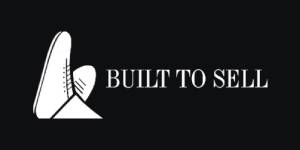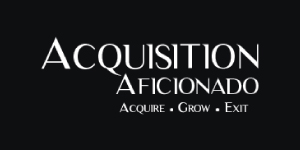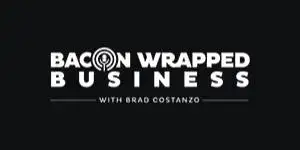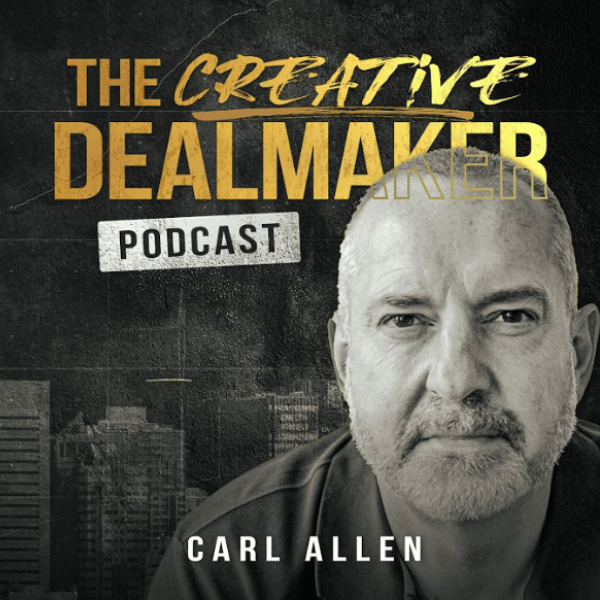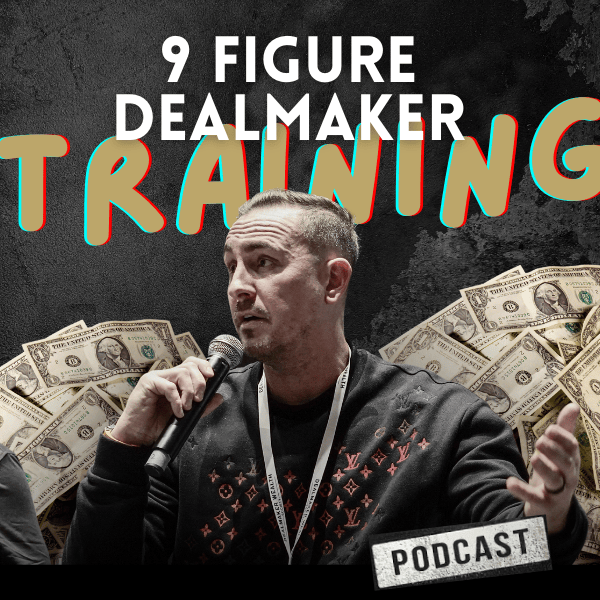
This year I have written a “How to” on doing deals in the software, transportation and engineering sectors.
Since then, some of you have asked if dental businesses make for good deals… so that’s the niche I’m tackling today.
According to the Office for National Statistics (ONS) and Statista, in the U.K. there are more than 12,000 dental practices employing 41,300 registered dentists. While there are several large chains, the majority of the market is independent.
As you would expect, the U.S. market is much bigger. According to IBISWorld, there are currently 182,400 mostly independent dental practices.
Before we look at a typical deal structure, let’s talk about the advantages and disadvantages of buying a single — or group — of dental practices.
Advantages
Dentistry is virtually recession proof — people need dental care in good times and bad.
Typically, dental businesses with good reputations tend to have strong customer loyalty and word-of-mouth referrals. They do little to no marketing, leaving lots of room for growth.
In the U.K., the market is split between National Health Service (NHS) providers and private practices, whereas in the U.S. they are mainly private. Like most personal care businesses (hair salons, chiropractors, gyms, optometrists, etc.), dental practices make for excellent roll-up opportunities.
Plus, financing and broker specialists exist for dental practice acquisitions, which streamlines the buying process compared with other sectors.
Disadvantages
When buying a dental business — particularly in the U.K. — you will often need to have a dental license or qualification. In U.S. states like Texas and California, the buyer with the qualification needs to have at least 51% majority ownership.
If you don’t have a dental license or qualification, you will most likely need to partner with someone who does.
The dentist is often the face of the practice. If you are planning to acquire as an owner-investor, you will need an accomplished dentist to manage the day-to-day operations. This could reduce profits as both of you will be taking a salary and/or distributions.
Valuation multiples are high in this sector, typically hitting 4X–6X EBITDA. (I have even seen a $500K practice with as little as $50K in profit be sold at a 9.6X multiple.
Dental practices can be classified as business-to-consumer (B2C), or business-to-business (B2B) when processing payments through health insurance providers. B2C offices generally won’t be eligible for accounts receivable (AR) financing because bills are paid via cash or credit at the time of service.
Equipment within a dental practice is very expensive and often leased, so this too won’t be eligible for financing.
Deal Structure
Now that we’ve reviewed some of the pros and cons of buying in this sector, let’s look at a sample deal:
Revenue $1,000,000
Overhead $800,000
EBITDA $200,000
In this case, the valuation or enterprise value (EV) would be $1 million if you apply a sector average 5X multiple.
There is often little to no debt within a practice apart from unpaid taxes and loans on equipment. This usually represents 10% of revenue, so let’s say $100K in this case.
Therefore, assuming there is no surplus cash, the valuation for 100% of the shares would be $900K — the $1 million EV minus the $100K in liabilities.
Next let’s assume that 40% of the revenue or $400K is via a health insurance company on 90-day terms.
Quarterly AR would then be $400K x (90/365) = $98,630. At an 80% loan-to-value ratio, that would yield $79K in financing.
Unless you have a distressed seller, a $79K closing payment will not be sufficient to close this deal. You will need a cash flow lend (e.g., SBA 7(a) loan program) propped up by buyer’s equity.
If you don’t have any equity to contribute, you can partner with someone, maybe an angel investor who is a retired dentist! They will add value to the strategic growth of the practice and leverage their license to qualify the purchase with the relevant professional body (i.e., British Dental Association or American Dental Association.)
For a $900K purchase price, a good deal structure could look like:
- $600K closing payment
- $300K seller financing paid over five years ($60K per year).
Assume you take $29K the $79K of the AR financing for closing fees (lawyers, due diligence, etc.), leaving you with $50K cash. You still need another $550K.
A cash flow lend would be based on a maximum of 2.5X the annual profit.
In this example, that would equal $500K. To secure that, 20% (or $100K) of buyer’s equity would be required.
So let’s roll with a $100K buyer’s equity injection, a $450K (2.25X instead of 2.5X EBITDA) cash flow lend, and $50K in AR financing, net the reserve for closing costs.
Net AR Financing = $50,000
Buyer’s Equity = $100,000
Cash Flow Lend = $450,000
Total = $600,000
The AR financing is a revolving line of credit, meaning the bank will keep the cash faucet open as long as you’re meeting minimum payments. However, the cash flow financing needs to be paid back in full over, say, a 10-year period.
Assuming an interest rate of 5%, that comes to $69K per year.
Add the $60K per year of seller financing and the annual cost to pay off the business is $129K.
With the current EBITDA of $200K, that’s a cover ratio of 1.6X, so this deal structure just barely makes the grade. (Remember: the cover ratio needs to be at least 1.5X for a financier to accept it.)
Growing & Selling the Business
There are lots of ways to grow a dental practice.
Let’s assume within five years you double the business to $2 million in revenue and $400K in profit. All of the seller financing has been paid and, based on the loan amortization schedule, there is about $350K of cash flow financing left to pay off.
At a $400K annual profit, the practice would sell for a 6X multiple, or $2.4 million. After closing costs, assume you’d be left with $2 million in sale proceeds.
Now remember, upon buying the business, you needed an equity partner. Assume that person invested $100K into the deal for a 25% ownership stake.
When you sell the business for $2 million, you would net $1.5 million and your investor would net $500K.
That’s a 5X cash-on-cash return for the investor over a five-year period — $100K became $500K.
If you needed a dentist to own 51% of the deal, their return will be significantly higher but you would still pocket just under $1 million.
Not bad, considering you as the owner-investor put little to no money down.
And if you acquire multiple practices, extract duplicate costs (HR, CPA costs, admin, etc.) and generate better buying and marketing efficiencies, the sky’s the limit… the returns keep compounding.
So that’s it for the dental sector. Stay tuned for future deep dives on other hot sectors.
Until next time, bye for now.
